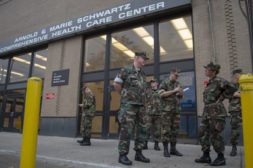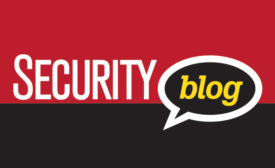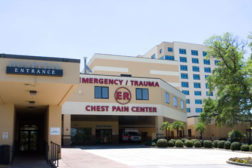Home » hospital security
Articles Tagged with ''hospital security''
Data Should Have Been Encrypted
Stolen Laptop Leads to HIPAA Violation and $1.5 Million Fine
Mandate Includes Better Security
September 24, 2012
Sign-up to receive top management & result-driven techniques in the industry.
Join over 20,000+ industry leaders who receive our premium content.
SIGN UP TODAY!Copyright ©2024. All Rights Reserved BNP Media.
Design, CMS, Hosting & Web Development :: ePublishing








